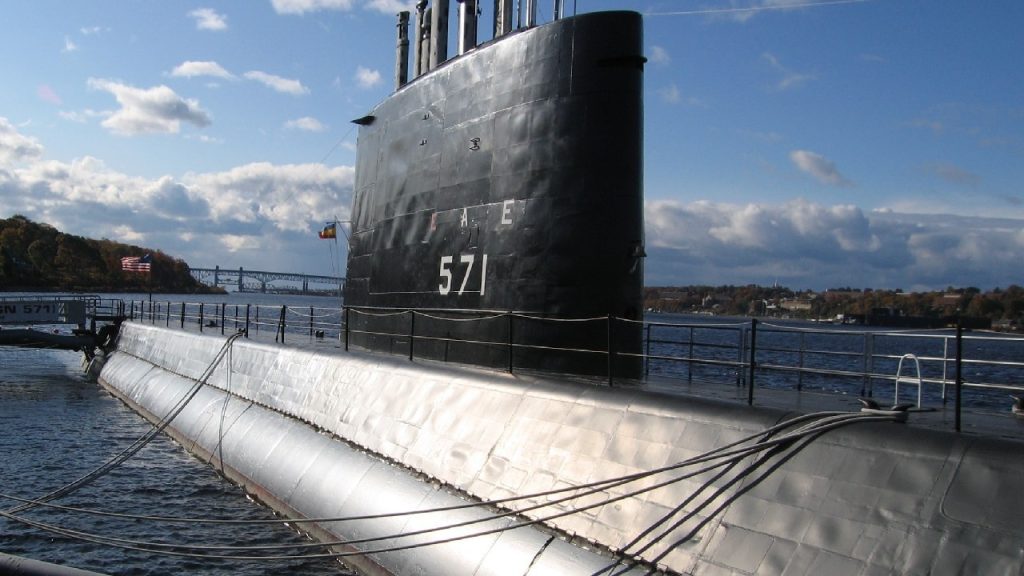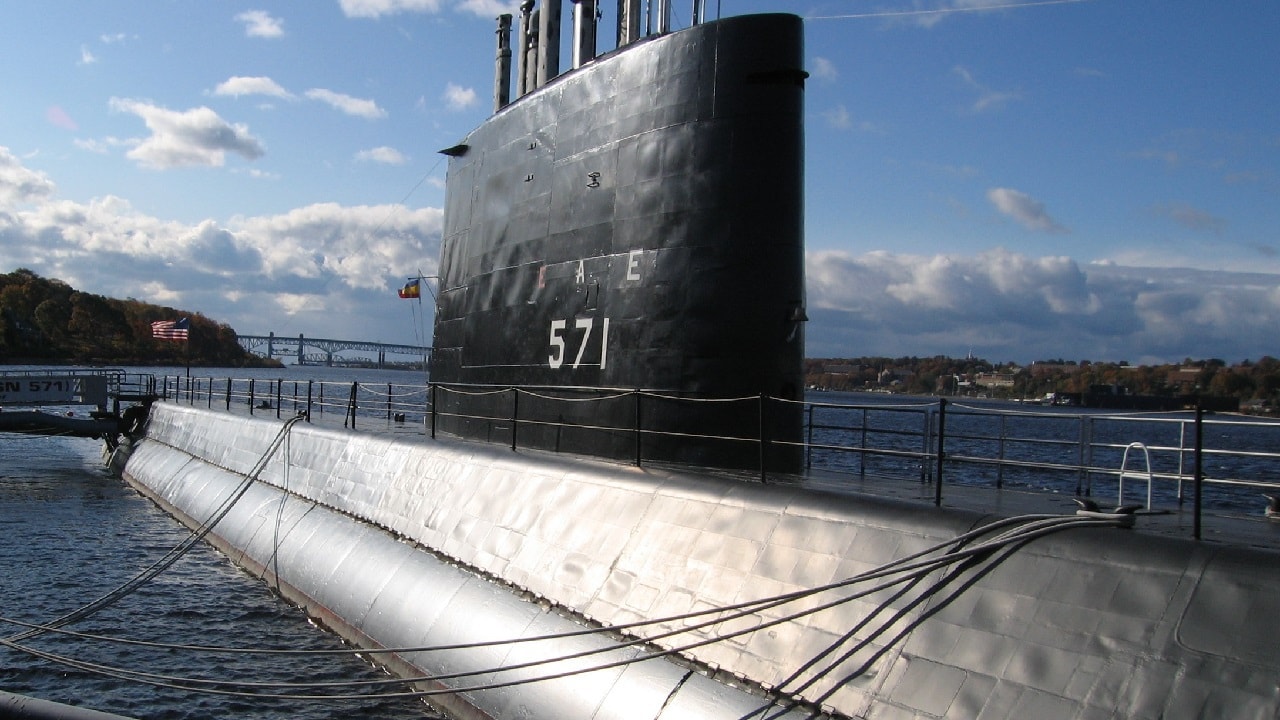The U.S. Navy ship USS Nautilus could go anywhere and do a great job at whatever it was asked to do.

The nuclear standard is set by the USS Nautilus submarine. Hyman G. Rickover, a captain in the U.S. Navy at the time, was dissatisfied with the condition of undersea warfare in the late 1940s. The limited hybrid propulsion system used by submarines at the time consisted of diesel engines and batteries. In Rickover’s opinion, a nuclear power plant would be preferable since it could keep the submarine continuously powered for however long it was at sea.
Is it possible to have nuclear power in a submarine?
Rickover was in charge of a team of Atomic Energy Commission experts primarily concerned with the science and engineering of nuclear reactors. In 1951, Congress took action and authorized the design of the first nuclear-powered submarine. The nuclear submarine, known as the Nautilus, had its keel laid in 1952 and was launched in 1954.
It began its first patrol on January 1, 1955, and is credited with “getting the nuclear age underway.” The boat quickly broke records for speed and time spent submerged. It specifically made a 1,381-mile journey to Puerto Rico in 89.8 hours. Later that year, it toured military sites on the American East Coast, tested its torpedo tubes, and astonished the navy during manoeuvres.
It abandoned the undersea warfare strategies of World War II.
The USS Nautilus was technologically advanced. Most submarines were still employing strategies from World War Two, such as waiting for an enemy submarine to surface before attacking it with aircraft or detonating depth charges when submerged at a shallow depth. The Nautilus continued to travel beneath the surface in silence. At the time, depth charges and aeroplanes were ineffective.
The USS Nautilus received a new nuclear fuel core in 1957 after serving in combat for 60,000 nautical miles. The USS Nautilus then set out on a mission that no diesel submarine could complete—the time had come to confront the Arctic. The distance from New London, Connecticut, was 1,383 miles. There is now a submarine that can go beneath the ice. The Soviet Union needed to see that an American nuclear submarine could threaten the Russian mainland by passing over the Arctic, so it was crucial to demonstrate this capacity. The Nautilus made yet another display in 1958 as it sailed underwater beneath the North Pole. For that achievement, the crew received a Presidential Unit Citation.
It contributed to the Cuban Missile Crisis.
The USS Nautilus could travel around the globe and complete any task. Even during the Cuban Missile Crisis, it took part in the quarantine of Soviet ships. Afterwards, it departed on a two-month tour of the Mediterranean. However, in 1963, it required a 27-month maintenance cycle.
The USS Nautilus clocked 200,000th and 300,000th miles in 1966, overhauling what the doctor prescribed. The Nautilus participated in numerous drills and exercises over the following 12 years alongside the other nuclear submarines in the fleet. It acted as a mentor and “big brother” to those vessels, and the final mission was travelling via the Panama Canal and reaching the American West Coast. In 1980, Nautilus was ultimately deactivated.
Without the USS Nautilus, imagining a contemporary nuclear navy is not easy. The submarine had a long, interesting history and was genuinely revolutionary. It achieved all of the goals set forth for it and then some. To work on a vessel that was so innovative must have made the crew feel unique. This ship represented the navy well and would have pleased Admiral Rickover.





